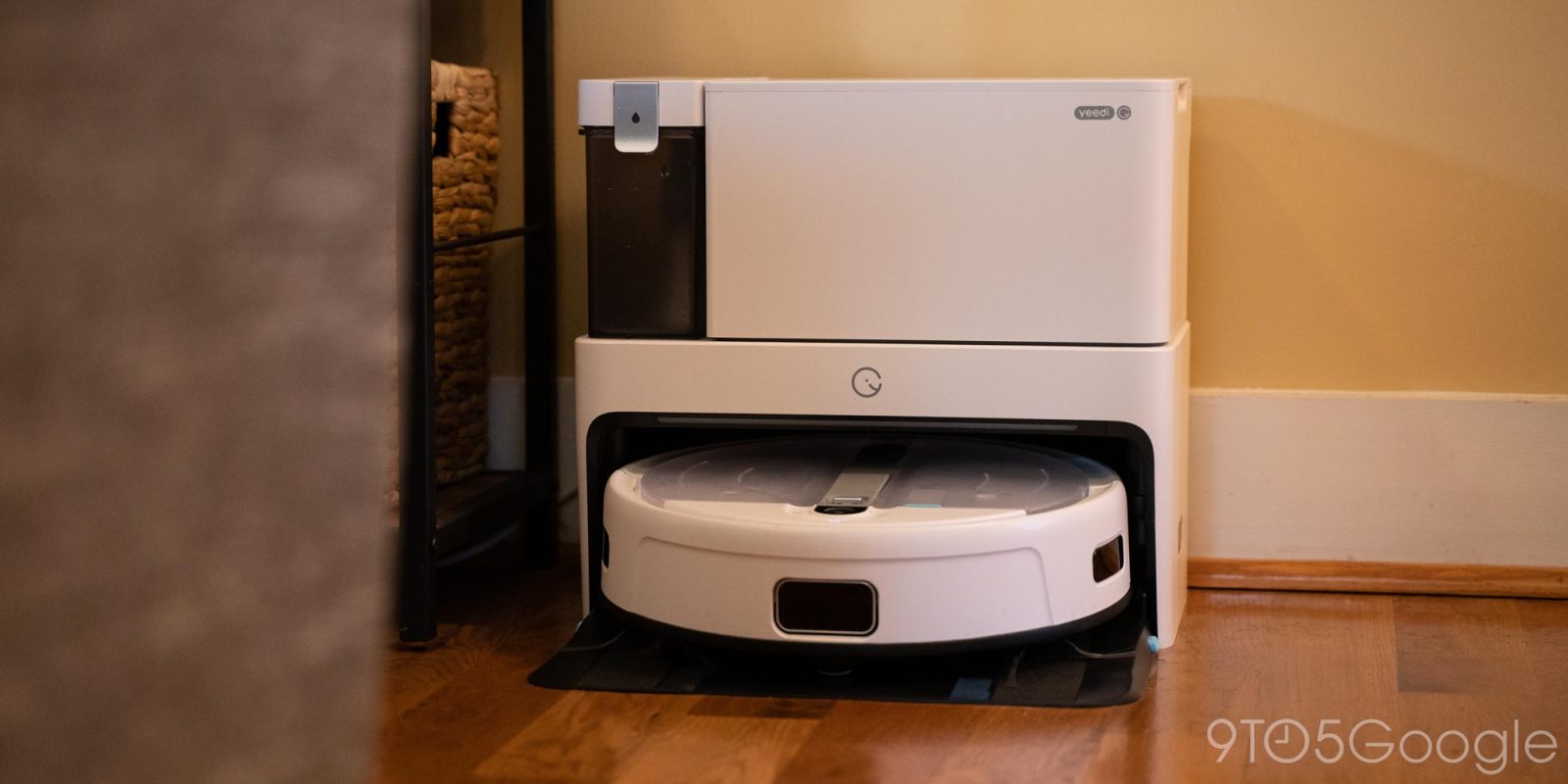
Robot vacuums have gotten really good in recent years, but the arrival of auto-empty docks and mopping stations have also led to these machines getting bigger and bigger. With the new Yeedi Cube, the goal is to provide an all-in-one machine that’s still fairly compact, and after a few weeks testing it out, it’s certainly a solid choice.
The Yeedi Cube is a robot vacuum + mop with a station that can clean and dry the mop, as well as empty the vacuum’s dustbin. That’s a combination that you don’t see particularly often. Rather, auto-empty vacuums usually require manual mop maintenance, and mopping-focused stations have small dustbins that need to be emptied constantly.
At $699, the Yeedi Cube is trying to do it all for a price that many one-use machines aim for.
So, let’s break things down, starting with the vacuum function.
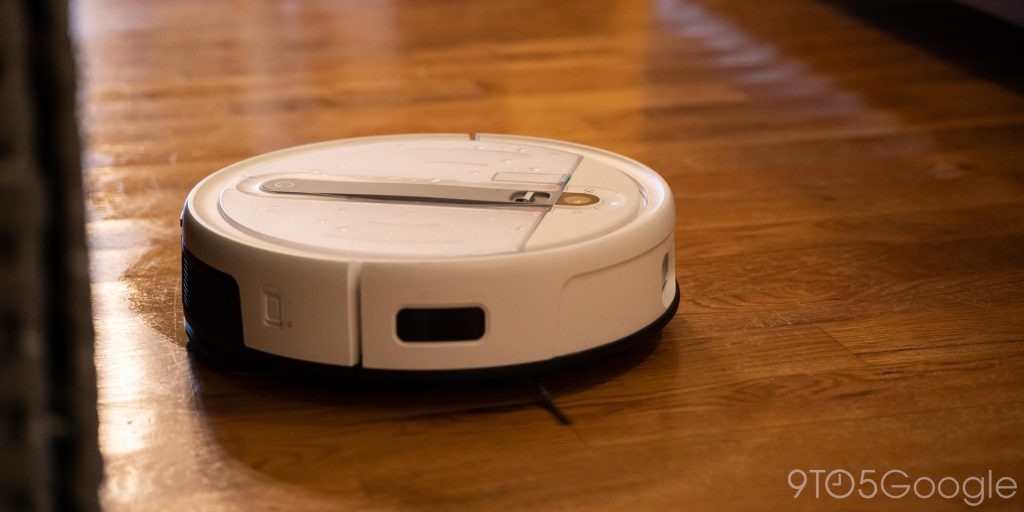
Yeedi Cube’s robot is equipped with 4,300Pa of suction power, which is a bit lower than recent upgrades from the likes of Roborock and others, but still very strong, and well above the older generations of robot vacuums that many folks are looking to replace. In my home, I found that suction power plenty for picking up dog hair, crumbs, and dirt that builds up over the course of a day. And that was helped by the use of two brushes on the robot, something that’s oddly rare on a lot of machines. Using two brushes, I find that the Cube is able to clean a bit more thoroughly, especially in corners, compared to other models I’ve tested. Really, the only downside on the vacuum, I feel, is the use of bristles on the included wheel. Many brands have moved to rubber in place of this, as that’s much easier to clean longer hairs that often get trapped around the brush.
The built-in dustbin on the robot is able to hold a day’s worth of dust and debris, but the included auto-empty station really shines here with its ability to automatically empty the dustbin. This isn’t a particularly new idea, but it’s a feature that Yeedi has really nailed down with this new generation.
On Yeedi Cube, the auto-empty dock is both fast and very quiet. Auto-empty vacuum docks tend to be loud and go on for more than a few seconds which, if your robot is scheduled to run early in the morning, can lead to an unpleasant wake-up call. The Yeedi Cube dock, with 27,000 Pa of suction power, manages to empty the vacuum’s dust tray in just a couple of seconds. It’s a “blink and you’ll miss it” type of action. And, better yet, it’s astoundingly quiet. Compared to the Roborock S7+ I’m usually using, the Yeedi Cube is half the volume when it empties, which means I can’t even hear it from my bedroom two walls over. The station can handle 2.1 liters of debris, which is weeks of debris in my home.
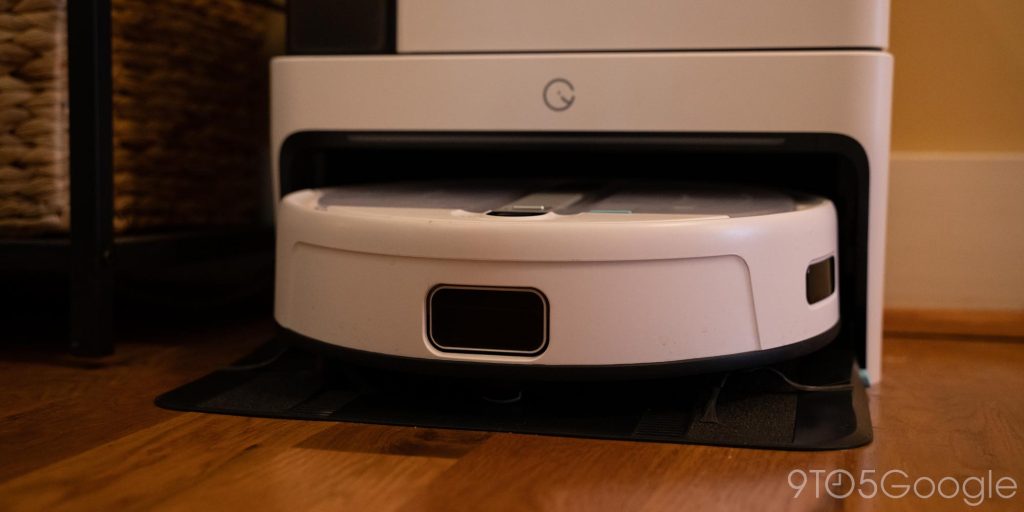
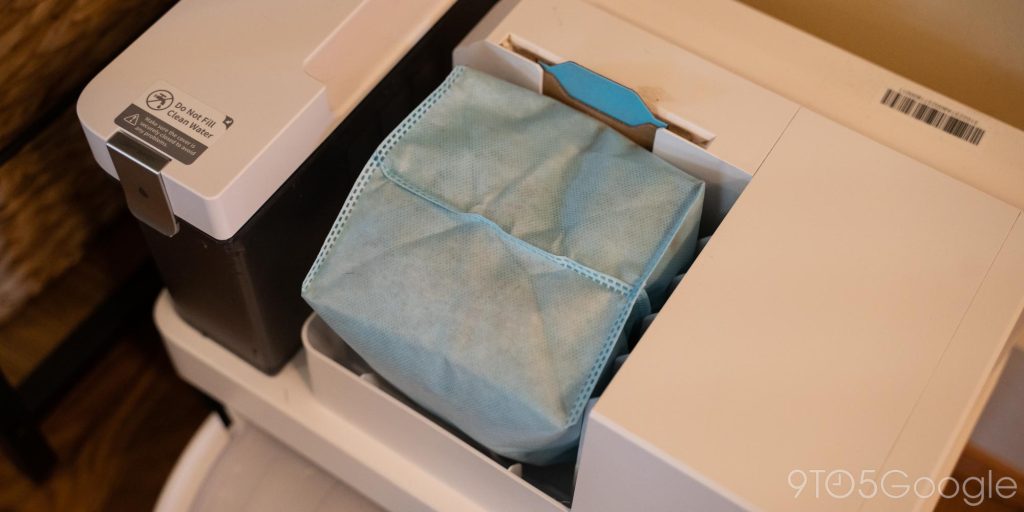
That’s perhaps the biggest selling point for me, but let’s move over to the other half of the cleaning package – the mop.
Mopping on robot vacuums used to mean a wet pad that dragged behind the machine, but it’s since evolved. With the Yeedi Cube, the mopping method of choice is a vibrating pad. The “shovel-shaped” pad, as Yeedi describes it, vibrates 2,500 times per minute to scrub the floors. This leads to a very clean floor, even if it’s not quite as effective on dirt as the rotating mop heads that are also fairly common – Yeedi does sell a station with that method, and I found it particularly impressive for picking up dirt.
Keeping with the all-in-one theme, the Yeedi Cube can clean its own mopping pad with hot air (to avoid mold). This leads to an ongoing “whooshing” sound for a few hours, but it’s pretty easy to ignore once you’ve gotten used to it. During the cleaning session, the station will also offload the dirty water to a tank built into the station. This can easily hold a week or two’s worth of dirty water, though you might want to empty the tank more often if dirt is a particularly big problem. Emptying it more often will also prevent smells from getting out of hand.
Clean water, meanwhile, is stored in the robot itself.
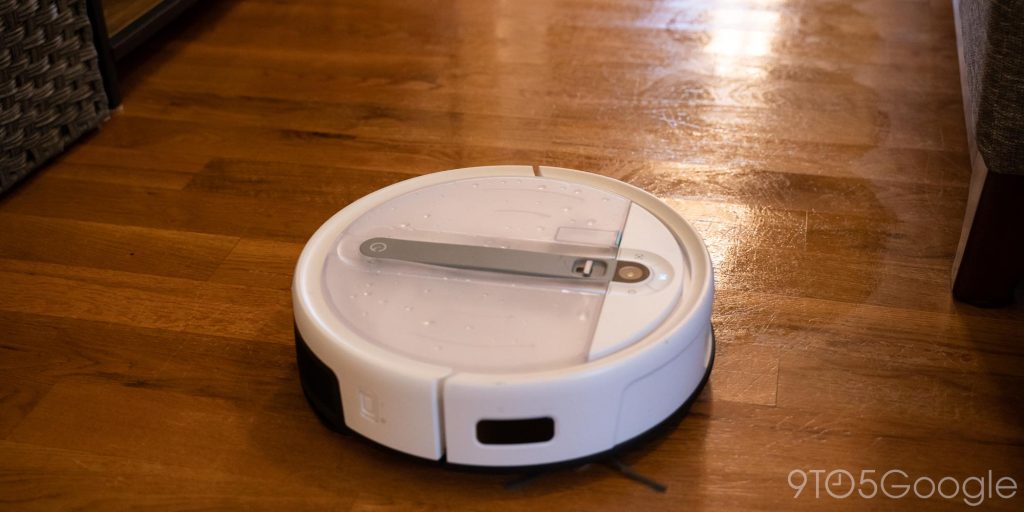
A tank on the robot can hold up to 1 liter of water. In my experience with the mop set to medium water usage, that’s enough to handle two or three days of cleaning with around 1,400 sqft of floor to clean. The robot will automatically stop using water if it detects carpet, which also helps to conserve that reserve. That said, I found Yeedi’s choice to not have a bigger tank on the station to be an interesting one. It works, certainly, but it is a little frustrating to have to go in every couple of days to refill the water tank that I have to remove from the robot, rather than the station itself. That’s mostly because the robot’s water tank has a very small input hole, and because it’s a little bit of a hassle to remove and replace it. I will definitely give Yeedi credit for a clever design here, though, as there’s a handle on the tank that can be used to more easily remove it or to more easily move the robot between floors in your home.
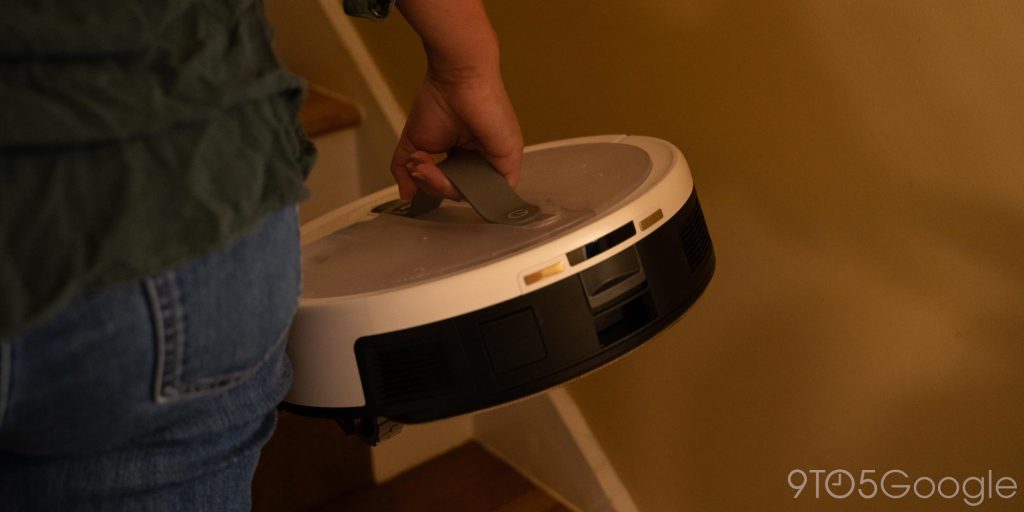
Taking care of the clean water is a minor inconvenience on the whole, and no setup at this price point is perfect in this regard. I’d certainly rather have a slightly annoying water refill every few days than have to deal with a dirty mopping pad or daily dustbin emptying that is usually the case on stations that attempt this type of all-in-one setup.
Yeedi, overall, stuck a good balance, and did so in a station that’s compact. I’ve mentioned it a couple of times already, but the station here is easily the smallest I’ve used in an all-in-one setup. Size won’t always matter in a device like this, but often it can be hard to find space for a robot vacuum with a station as big as say, the Deebot T20 we reviewed earlier this year.
I’m glad to see Yeedi offering a setup that gives some genuine flexibility thanks to its size.
To round things out, let’s talk about mapping and the Yeedi app.
Like every other robot vacuum, Yeedi Cube uses a series of sensors to create a map of your home, but these maps can often vary drastically in quality. I still think Roborock is the best, at least out of the machines I’ve used, in creating an accurate map of your home, but Yeedi isn’t too far off the mark. The map struggles a bit with creating good separations for rooms, especially in more open floor plans, but it does a good enough job to where you always know where it’s located. You can also manually set virtual no-go zones, room dividers, and labels in the app. I’m continually frustrated with Yeedi’s app, though, in that it won’t allow for custom names for rooms.
Beyond the map, Yeedi’s app is pretty straightforward and user-friendly. The initial setup process takes only a few minutes and is quite simple and well-instructed, even down to creating the first run in your home.
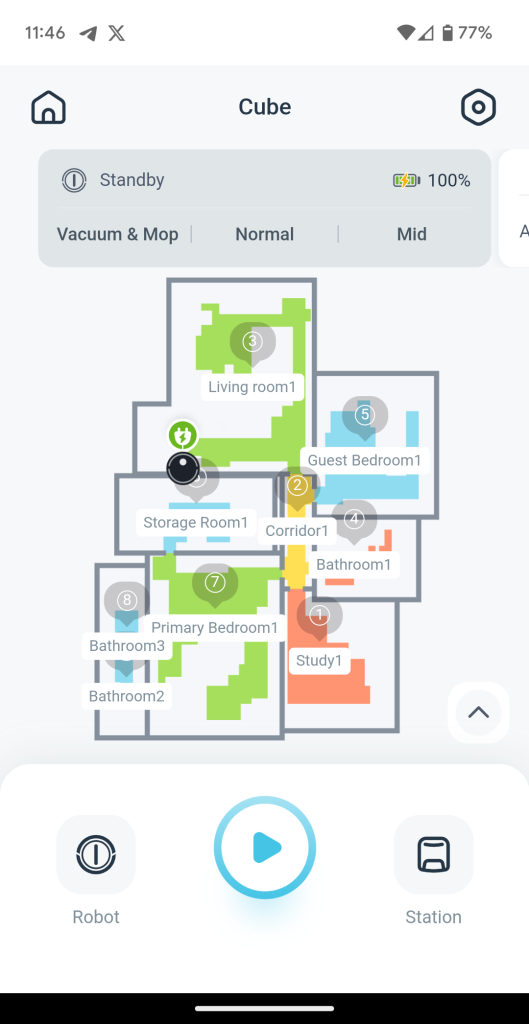
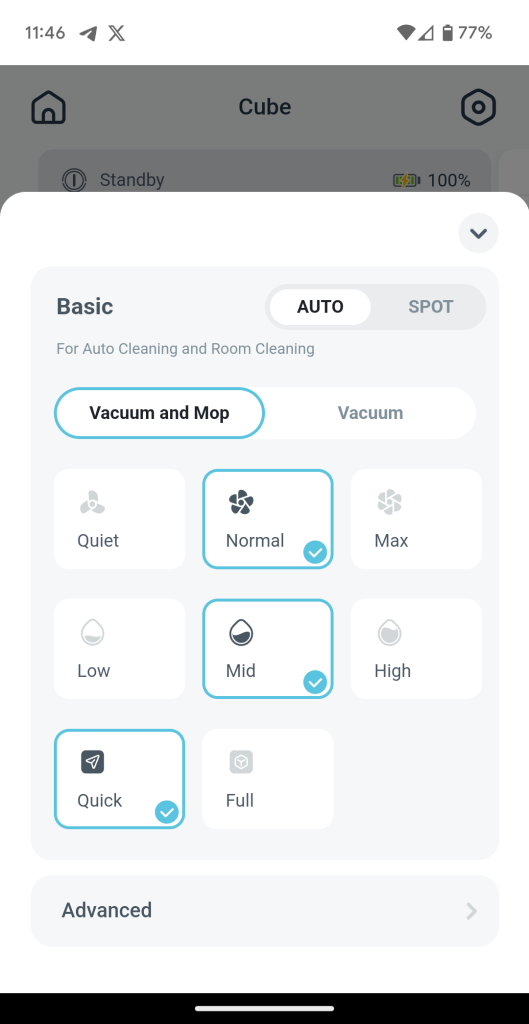
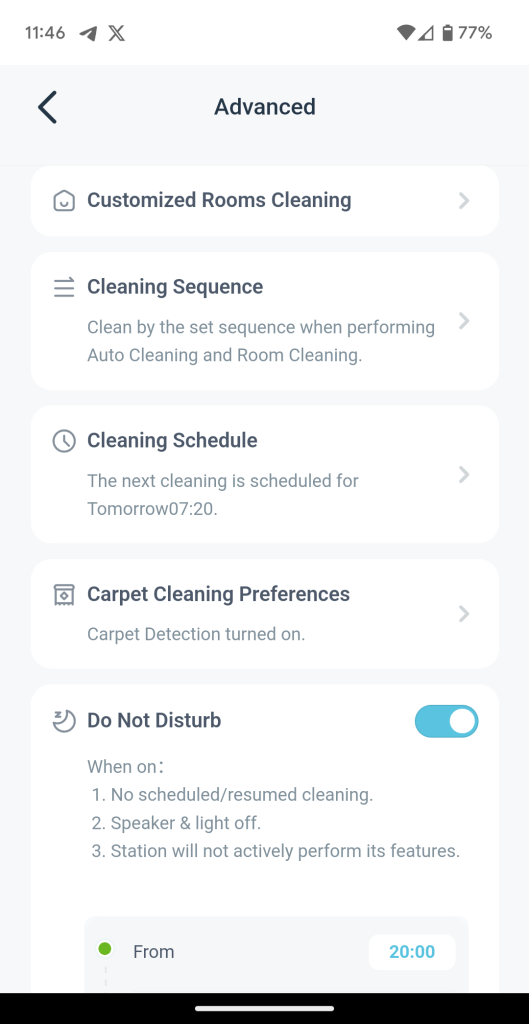
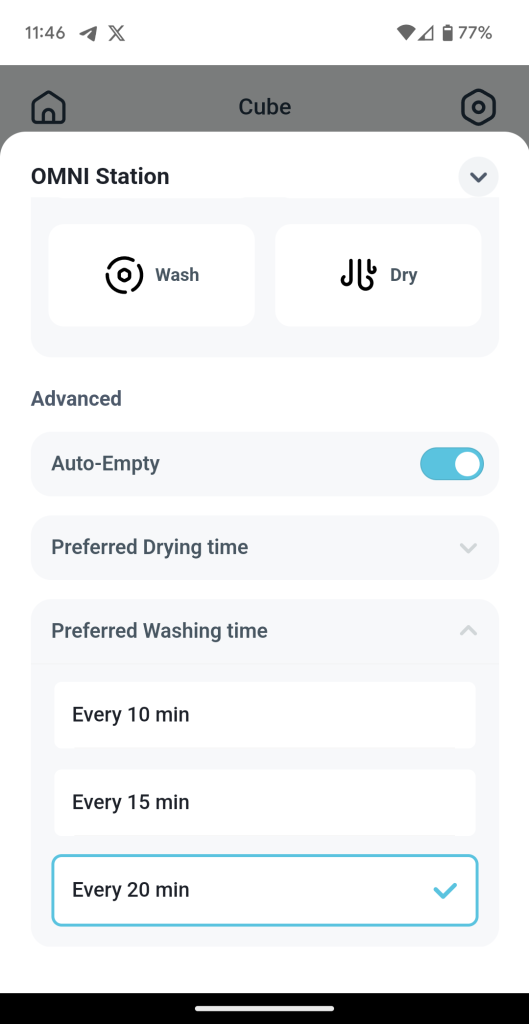
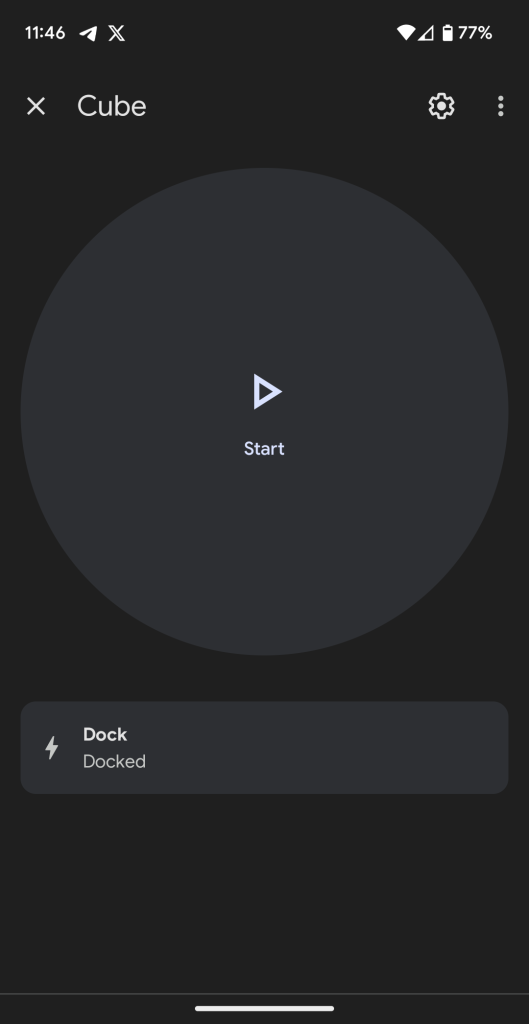
In the app controls are split between the robot and the station, with the former able to control the intensity of the mop and vacuum, set schedules, the order in which the robot cleans rooms in your home, and more, while the latter can let users manually clean or empty the robot and adjust the mop drying time and washing intervals – the robot will go back to the station every so often during a cleaning run to rinse the mop. I think many robot vacuum apps can be intimidating for users, but this one is reasonably simple and easy to use.
As for Google Home integration, linking your Yeedi account allows you to start or stop cleaning and send the robot back to the dock, but that’s all. Voice controls are also available via Assistant or Amazon Alexa.
After using the Yeedi Cube for a few weeks, I think the pitch for this machine is quite simple. It’s an all-in-one that really just makes sense, and doesn’t break the bank. At $699, it does it all with minimal compromise. As mentioned, my sole complaint is that I have to fill up the clean water tank as frequently as I do, but it’s still far better than previous all-in-one attempts I’ve tried, and all for a price that’s cheaper than many competing options.
Yeedi Cube is available now from Amazon for $699, and you can also purchase it from Walmart or eBay.
More on Smart Home:
- SwitchBot Curtain 3 Review: Stronger, quieter, and more versatile
- Review: Tailwind is the best garage door opener for Google Home
- Review: ADT Self Setup is a solid security system, but it’s no Nest Secure replacement
FTC: We use income earning auto affiliate links. More.




Comments